Full moon singing bowl - 19.5cm - 1032gr - N°4590.1
531.00 CHF
- Description
This magnificent full moon singing bowl was crafted at the foot of the Himalayas on a full moon night by specialized blacksmiths.
- Dimensions
- Diameter: 19.5cm
- Height: 8cm
- Weight: 1032gr
- Available accessories
1 mallet and 1 cushion
Out of stock
Further information
| Provenance |
|---|
Description
Full moon singing bowl video
For the best audio experience, we recommend the use of headphones or good-quality speakers.
Features
It is a wonderful and powerful healing tool, perfectly suited to sound healing, energy healing, geobiology, meditation or personal use. His singing is unique, full of emotion, intense, penetrating, profound and healing.
Provenance and fabrication
Created only one night a month when the moon is round, full-moon singing bowls are hard to find, which explains the price difference with "classic" 7-metal bowls. Counterfeits are unfortunately commonplace, but can be detected by listening to the sound of the bowl. It's easy to tell the difference between real and fake, even on the Internet.
This is a rare and unique bowl, hand-hammered by artisan blacksmiths in Nepal's Kathmandu valley and made of 7 different metals (copper, pewter, zinc, iron, lead, gold and silver) and engraved by hand. It has the particularity of being inhabited by the powerful energies of the round moon. You can also take a look at our handmade singing bowls in seven natural metals
This is a unique bowl, hand-hammered by artisan blacksmiths in Nepal's Kathmandu valley and made of 7 different metals (copper, pewter, zinc, iron, lead, gold and silver) and engraved by hand. Its special feature is that it is inhabited by the powerful energies of the round moon.
Accessory
The wooden mallet and fabric cushion come with the bowl. These accessories are also handcrafted.
Additional mallets are available here
Use
Singing bowls are musical, wellness, therapeutic, meditative or decorative instruments that can be made to sing by turning a mallet on its outer rim, or by striking it with a mallet or lightly with a mallet.
Here are a few examples of the uses and benefits of these bowls in everyday life:
- To soothe and relax after a stressful day
- To relieve pain (painful menstruation, jammed knee, blocked back, headaches...)
- Purify stones, jewelry, objects...
- To increase the vibratory rate of a food, object or medication
- As an aid to meditation, relaxation, sleep and peace of mind
- To purify and harmonize the energies of your home or workplace
- As a musical instrument
- For sonotherapy (sound therapy)
- For music therapy
- To accompany a yoga session
- Etc...
Instructions for use
There are two ways to make a bowl sing: with a mallet and with a mallet:
With the mallet, simply strike the outer edge of the bowl (upwards), its impact spontaneously vibrates the bowl and its frequencies are diffused in the same way as the impact of a pebble on water.
The mallet enables us to make the bowl sing by turning it while rubbing it around the bowl on the top of the outer rim, exerting fairly strong pressure. If the mallet jumps when the bowl vibrates, slow down or press harder.
The bowl can be placed in front of you on your cushion or on your hand. For this second technique, the hand should be wide open, without rings or other jewelry and the fingers should not be holding the bowl to avoid stopping the vibrations. This technique can be used to move around a room by making the bowl sing, or to move the bowl around a person's body. It can also be placed directly on a person's body or in water.
History and origins of singing bowls
There is no written record of their origins, which date back over 3000 years to the Himalayas, where they were used by shamans and made by nomadic blacksmiths from copper and tin. The manufacture of 7-metal bowls dates back to the 1960s.
Today, singing bowls are mainly used in the West for their beautiful singing and their therapeutic benefits on our physical and subtle bodies.
Bowl size
To make it easier to choose our bowls, we classify them according to weight, as this is one of the most precise criteria. However, to make their identification more visual and intuitive, we mention the diameter in the product title. This makes it easier to identify the physical size of the bowl, even if weight remains our reference criterion.
Discover other 7-metal singing bowls here


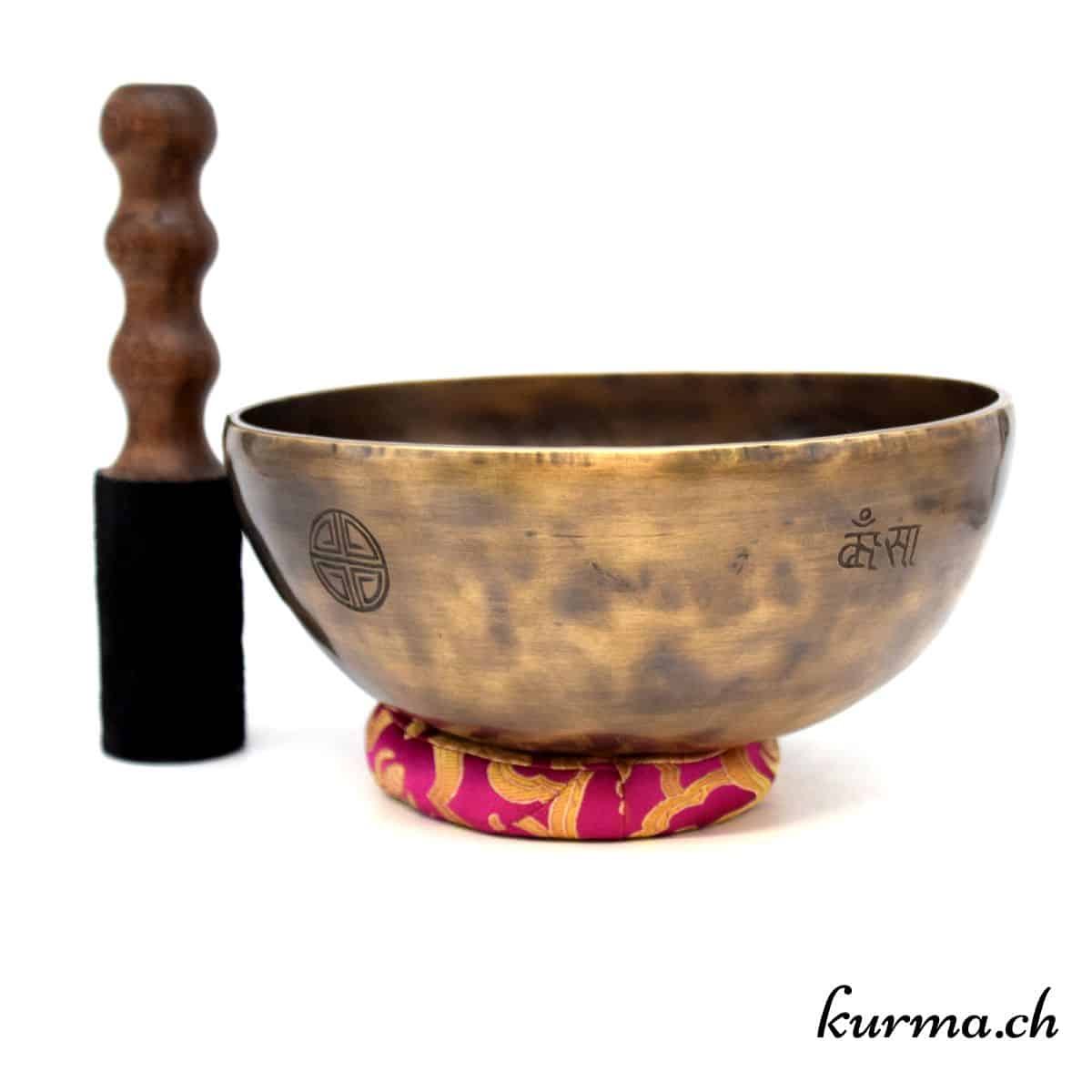
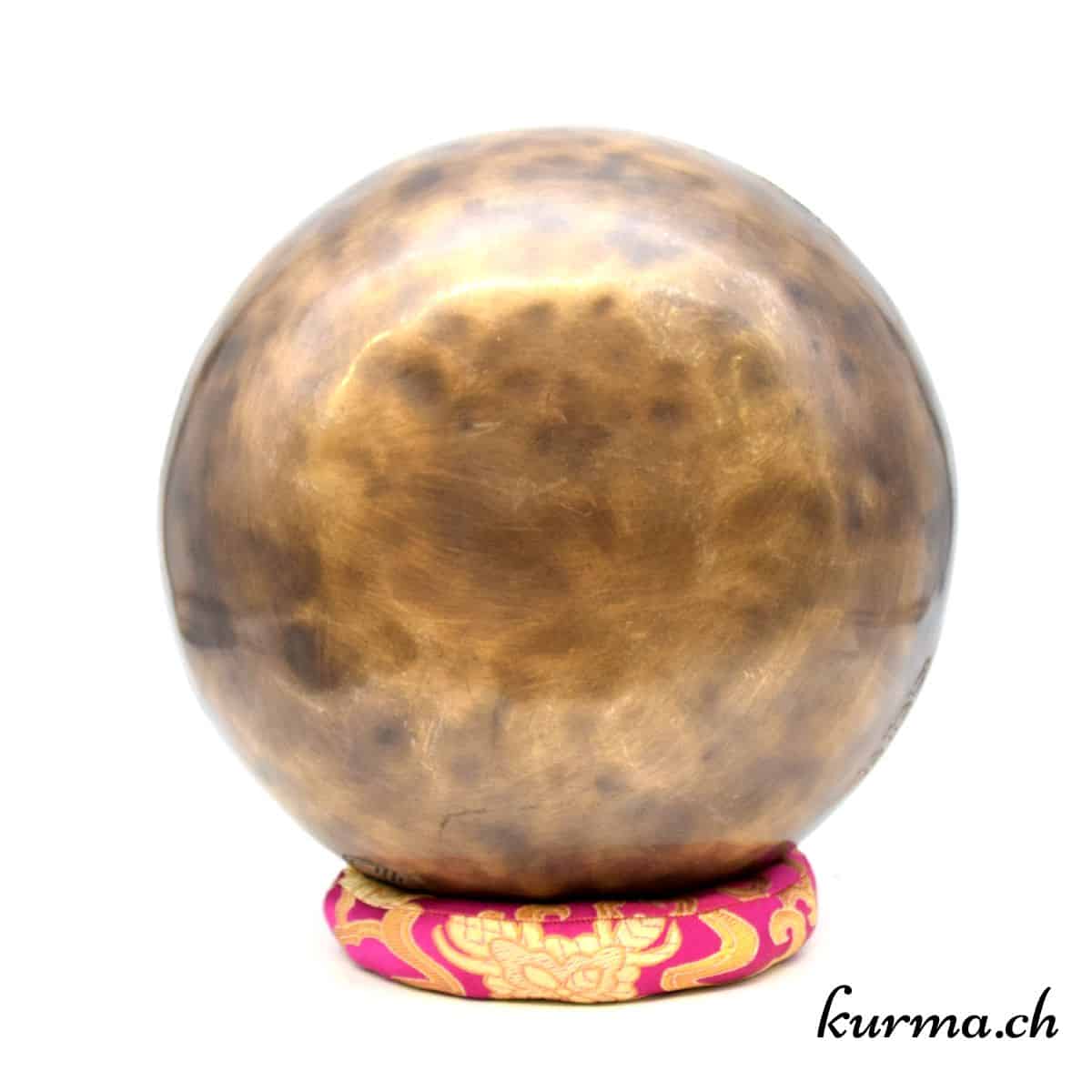

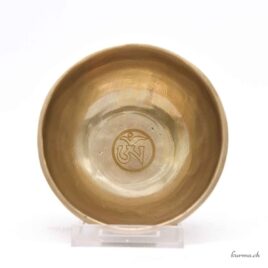
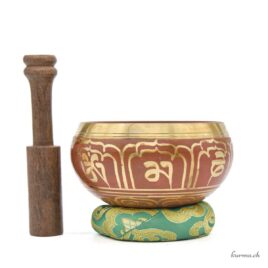
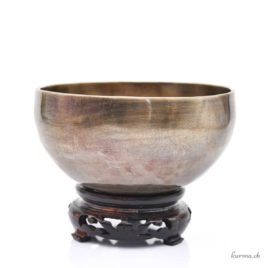
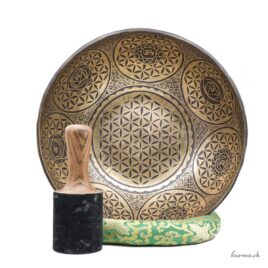
Opinions
There are currently no product reviews.